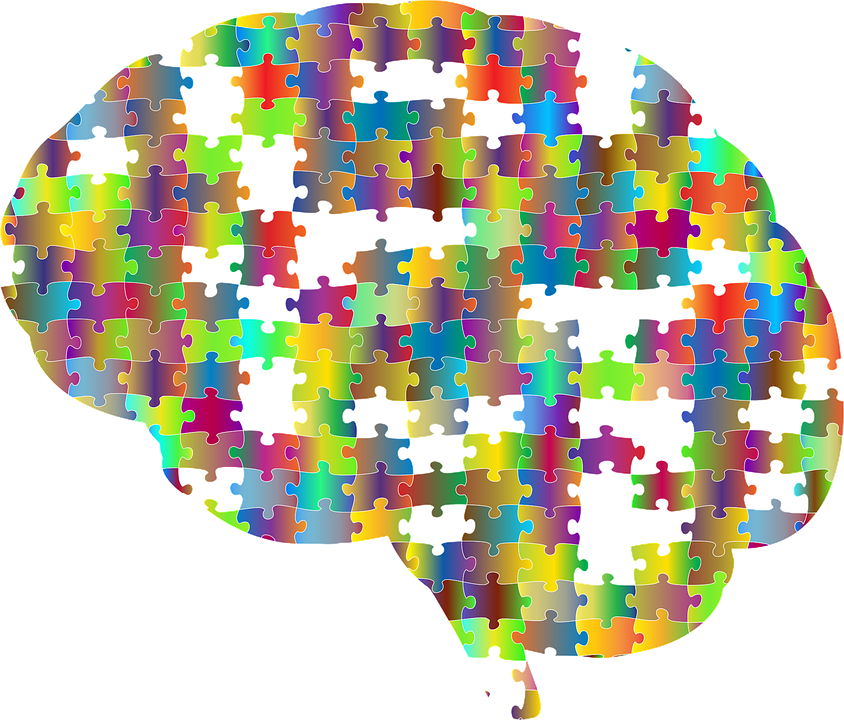
The largest brain imaging study on attention deficit hyperactivity disorder has led scientists to say the condition should be considered a neurological disorder, not just a behavioral one. The brain structures of children with ADHD differ in small but significant ways from those of normally developing children, according to the findings, which were published online in the journal Lancet Psychiatry on Feb. 15. Up to 11 percent of U.S. children and around 5 percent of U.S. adults have been diagnosed with ADHD, which causes symptoms like difficulty paying attention, impulsiveness, irritability, and forgetfulness.
A study says ADHD is a neurological issue.
These differences were more dramatic in kids than in adults, leading the study’s authors to conclude that ADHD involves delayed brain development. It appears that as the brains of people with ADHD develop and mature, these brain regions “catch up” to the brain regions of people without ADHD. At the time of the study, 455 of the participants with ADHD were taking medication like Adderall, and more than 600 others had taken medication in the past but were not currently. Brain volume differences did not correlate with stimulant use, suggesting that such discrepancies were not a result of medication.
Key Takeaways:
Do You Need help with a Learning Difficulty?
Our simple online analysis will help you get to the core of the problem and find the right solution for you.
Understanding how to help someone with a learning difficulty starts with understanding which micro-skills are affected. When you learn which of the micro-skills is the problem, you will then be on your way to solving it.
You'll also learn how to:
- Build confidence
- Enhance Learning ability
- Eliminate avoidance
- Build grit
You can get this analysis for free by filling out this simple form. This will help you get to the bottom of a learning difficulty and provide you with a solution. If you are ready to put this problem behind you click the button below and fill out the form.










